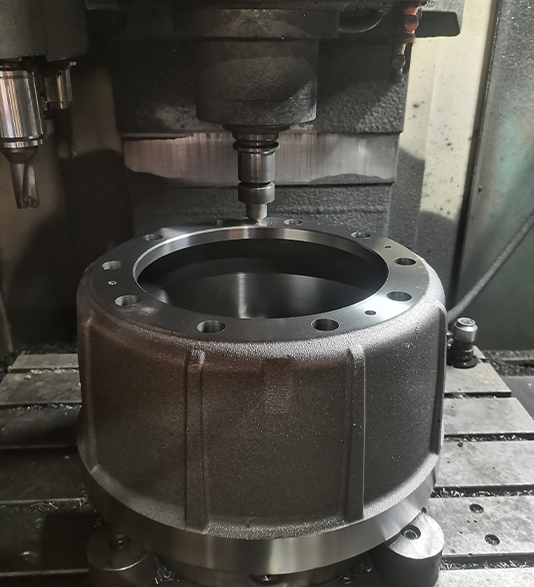aug . 21, 2024 02:20 Back to list
Understanding Brake Drum Diameter and Its Importance in Vehicle Performance
The Importance of Brake Drum Diameter in Vehicle Safety
When discussing vehicle safety components, one that often comes up but is less understood by the average driver is the brake drum. Specifically, the diameter of the brake drum plays a crucial role in the overall effectiveness of a vehicle's braking system. In this article, we will explore the significance of brake drum diameter, how it affects braking performance, and why regular maintenance is essential.
Understanding Brake Drums
Brake drums are cylindrical components that are part of the drum brake system used in some vehicles, particularly older models and heavier trucks. When the brake pedal is pressed, brake shoes expand against the inner surface of the drum, creating friction that slows the vehicle down. The diameter of the brake drum affects this process significantly.
The Relationship Between Diameter and Braking Performance
The diameter of a brake drum has a direct impact on the braking force and the efficiency of the braking system. Generally, larger diameter drums can dissipate heat more effectively and provide better braking performance. The increased surface area allows for a more substantial friction contact between the brake shoes and the drum, resulting in improved stopping power. Conversely, smaller diameter drums may lead to quicker heat buildup and reduced braking efficiency, especially during prolonged braking situations, such as driving downhill or during heavy traffic.
Additionally, the diameter of the brake drum influences the vehicle's overall stopping distance. A larger drum can help achieve a shorter stopping distance under ideal conditions since it can generate more force when braking. This is particularly important for larger vehicles that carry more weight, as they require more robust braking systems to ensure safety.
diameter brake drum

Factors to Consider in Brake Drum Diameter
While the diameter of the brake drum is essential, several factors must be considered when assessing its impact on braking performance. These include the vehicle's weight, the type of brake shoes used, and the driving conditions. Heavier vehicles generally require larger brake drums to provide adequate stopping power, whereas lighter vehicles can often function with smaller drums.
Moreover, the material and design of the drum also play a role in its effectiveness. Modern brake drums are often made from materials that enhance heat dissipation and resist warping, helping to maintain performance over time. Therefore, it's crucial to ensure that replacement drums match the specifications recommended by the vehicle manufacturer.
Maintenance and Replacement
Maintaining the integrity of the brake drums is essential for safety. Regular checks for signs of wear and damage, such as cracks or grooves in the drum surface, can help avoid more severe issues down the line. When the brake drums are worn beyond their service limits—often indicated by a decrease in diameter—they should be replaced promptly to ensure optimal braking performance.
In conclusion, understanding the diameter of brake drums is vital for anyone interested in vehicle safety. A larger diameter can provide better stopping power and efficiency, particularly in heavier vehicles. Regular maintenance and timely replacement of brake drums will not only enhance performance but also contribute significantly to overall vehicle safety. As responsible drivers, we must remain vigilant about our vehicle's braking system, ensuring it remains in top condition to protect ourselves and others on the road.
-
Brake Drum Man - High-Quality Drum Brake Drums & Brake Shoes for Reliable Performance
NewsJun.24,2025
-
High-Quality Brake Drum Kamaz – Durable Drum Brake Drum & Brake Shoe Replacement
NewsJun.10,2025
-
High-Quality Brake Drum Liza for Drum Brake Systems - Superior Durability and Performance
NewsJun.10,2025
-
High-Quality Brake Drum Kamaz – Durable Drum Brake Drum & Brake Shoe Solutions
NewsJun.10,2025
-
Durable Kamaz Brake Drums High-Performance Truck Parts
NewsJun.09,2025
-
Premium Brake Drum Maz Kit with Shoes Enhanced Braking
NewsJun.09,2025
